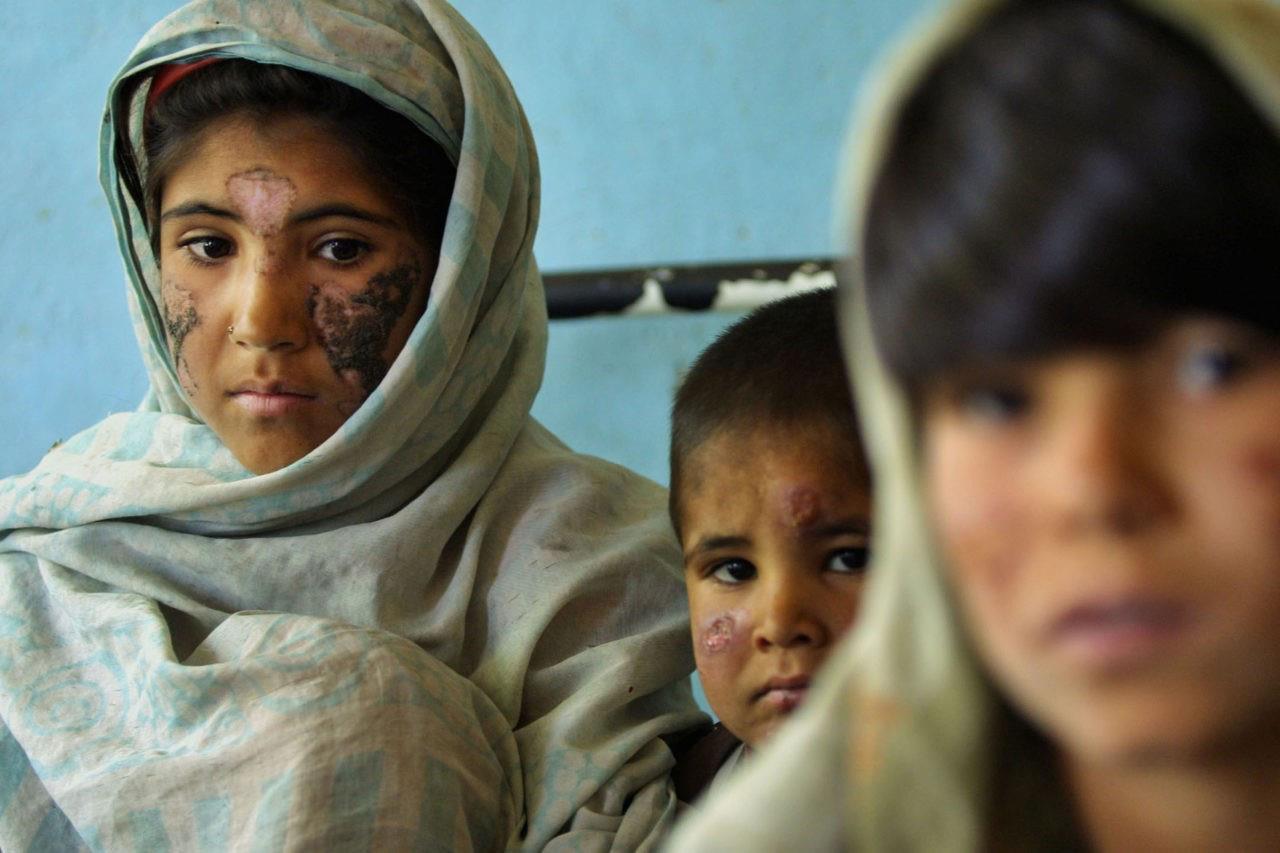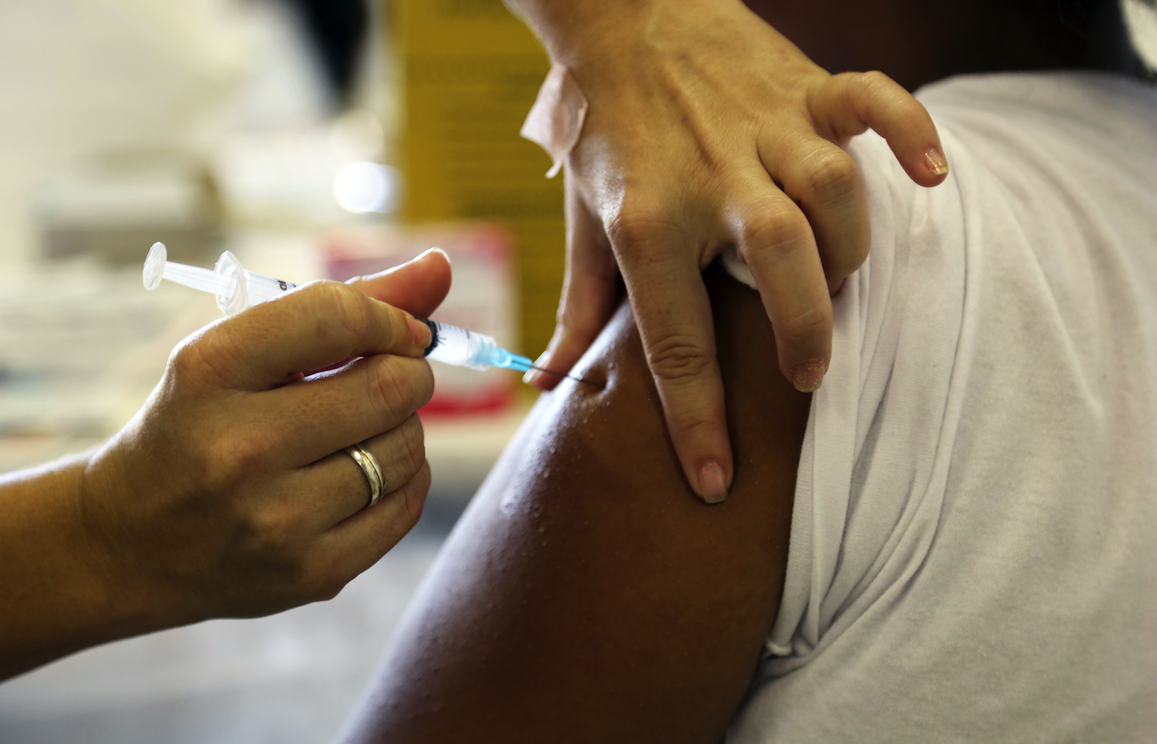
As discussed in Chapter 2, some of the major causes of adolescent death and disease are NCDs such as cancer, migraines, skin diseases and asthma. Congenital anomalies and iron deficiency anaemia also contribute to adolescents’ disease burden. NCDs can manifest during adolescence or later in life as a result of risk factors experienced during adolescence (such as tobacco use, which may contribute to chronic obstructive pulmonary disease (COPD) or cancer during adulthood).
The following sections discuss several NCDs during adolescence. Indeed, many of the NCDs and their burdens seen in adults begin as risk behaviours in adolescence, underscoring the importance of intervening with adolescents to protect their health in both the short term and long term. This section 3.7 focuses on experiences of NCDs during adolescence, while subsequent sections focus on adolescent risk factors for NCDs later in life.
Leukaemia and other cancers during adolescence
WHO provides detailed guidance on leukaemia and other cancers in the series on cancer control, which includes six publications on planning, prevention, early detection, diagnosis and treatment, palliative care and policy and advocacy. Each provides examples of priority interventions and categorizes them according to the available level of resources, that is, core (with existing resources), expanded (with a projected increase in, or reallocation of, resources) and desirable (when more resources become available). Taking the example of a low-resource country in which less than 20% of children with acute lymphocytic leukaemia have access to full treatment and over 80% die within five years, these guides recommend to:
- include palliative care medication, chemotherapy drugs and antibiotics for treating paediatric acute lymphatic leukaemia in the national essential medicines list (core);
- improve quality and coverage of diagnostic, treatment and palliative care services for acute lymphatic leukaemia in children, and mobilize further social support for patients and their families (expanded); and
- develop special strategies for increasing the adherence of children to treatment for acute lymphatic leukaemia (desirable).
Recent evidence supports the efficacy of motor and exercise intervention for adolescents with acute lymphoblastic leukaemia. While evidence is still growing, there is also support for interventions using various digital modalities to improve health behaviours and reduce cancer-related symptoms among adolescent survivors.
Management of asthma
Asthma symptoms include cough, wheeze and difficulty breathing. These symptoms typically vary from day to day and can be made worse by exposure to triggers, including dust, fumes, smoke and viral infections.
Effective long-term management with inhaled medicines, including an inhaled corticosteroid, can improve daily symptoms and reduce asthma attacks. Long-term management is important to avoid school absence and the need for emergency health care and its associated costs for the family and health system. For resource-limited settings, the WHO package of essential noncommunicable (PEN) disease interventions for primary health care includes guidance for the acute and long-term management of asthma, using core medicines included in the WHO Essential Medicines List. Effective long-term management with inhaled medications can control the disease and enable people with asthma to enjoy normal, active lives.
Skin diseases
Several skin diseases are associated with long-term disfigurement, disability and stigma. Among adolescents, they are known to contribute to psychological burden, anxiety and depression. In 2018 WHO developed a pictorial training guide to combine control, treatment and care activities for skin-related diseases to maximize the use of limited resources and expand treatment coverage. The training guide is designed for frontline health workers who do not have thorough knowledge of common skin diseases, particularly those manifesting as a result of neglected tropical diseases.
In general populations, patient education has been found to be effective in improving quality of life and decreasing the severity of skin diseases, even in the long-term management of chronic skin diseases. Detailed guidance to clinicians on diagnosing, treating and managing acne, different kinds of eczema and other skin conditions – including key clinical features and treatment for severe, moderate and mild forms of these conditions – can be found in the WHO 2011 IMAI District Clinician Manual.

Two young girls and a boy with scars on their faces, caused by Leishmaniasis
HPV vaccination to reduce cervical cancer risk
Worldwide, cervical cancer is the fourth most frequent cancer in women, with an estimated 604 000 new cases in 2020. In HICs programmes are in place to vaccinate girls against HPV and for women to get screened regularly and treated adequately. Screening allows precancerous lesions to be identified at stages when they can easily be treated. In LMICs, however, there is limited access to these preventive measures, and cervical cancer often is not identified until it has further advanced and symptoms develop. In addition, access to treatment of cancerous lesions (for example, cancer surgery, radiotherapy and chemotherapy) may be limited, resulting in a higher rate of death from cervical cancer in these countries.
A large majority of cervical cancer cases (more than 95%) are due to HPV. HPV is the most common viral infection of the reproductive tract. Most sexually active women and men will be infected at some point in their lives, and some may be repeatedly infected. More than 90% of the infected populations eventually clear the infection, but, when infection becomes chronic, it can lead to precancerous lesions and invasive cancer.

A young school girl being vaccinated against HPV
WHO recommends that:
- HPV vaccination should be offered to girls 9–14 years old. The vaccines work best if administered prior to exposure to HPV. Some countries have started to vaccinate boys, as the vaccination prevents HPV-related diseases and cancers in males. HPV vaccine can be an important pillar of adolescent health programmes.
- Girls and boys should be offered health information regarding sex education, tailored to age.
- Condoms should be promoted and provided to those who are sexually active.
- Male circumcision should be encouraged.
HPV vaccines have been shown to be safe and effective in preventing HPV infections, high-grade precancerous lesions and invasive cancer. There are currently six vaccines licensed and four prequalified by WHO, all protecting against HPV types 16 and 18, which are known to cause at least 70% of cervical cancers. The 9-valent vaccine protects against five additional oncogenic HPV types, which cause a further 20% of cervical cancers. Two of the vaccines also protect against HPV types 6 and 11, which cause anogenital warts.
As of December 2022, 125 countries (64%) have introduced the HPV vaccine in their national immunization programme for girls, and 47 countries (24%) also for boys.
Prevention and management of unaddressed sensory (vision or hearing) impairments in adolescents
Most common causes of vision loss and many common causes of hearing loss in adolescents can be prevented or treated.
To prevent and address vision loss in adolescents, WHO recommends:
- increasing the accessibility and availability of spectacles or contact lenses, both of which can fully correct reduced vision due to myopia and other refractive errors; spectacles are among the most practical and cost–effective of all health care interventions;
- regular screening for refractive errors for preschool and school-age children in order to avoid the impact on academic performance of seeing poorly in school; and
- public health campaigns to reduce time spent at near-vision activities and encourage more time spent outdoors, to reduce the onset and slow the progression of myopia.
To prevent and address hearing loss in adolescents, WHO recommends:
- raising awareness among adolescents, parents and teachers about healthy ear care and safe listening (for prevention of noise-induced hearing loss);
- adoption, by private-sector entities, of the WHO-ITU global standard for safe listening devices; when implemented in devices such as smartphones and headphones, these standards can help to moderate adolescents’ exposure to loud sounds and so protect their hearing.
- implementation by governments of the WHO global standard for safe listening entertainment venues, which is intended to protect the hearing of young people at concerts and clubs; and
- regular school-based screening for ear and hearing problems, which can facilitate their early identification and timely management.


